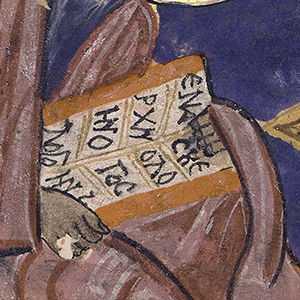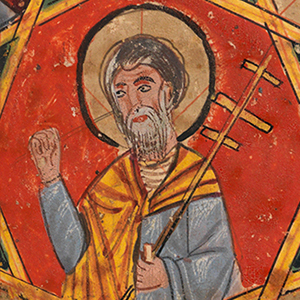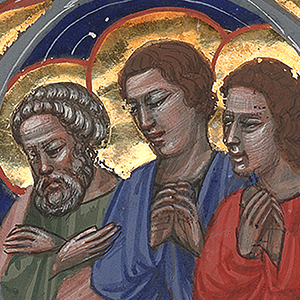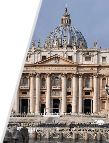Liturgical Feasts
Solemnity of the Immaculate Conception of the Blessed Virgin Mary
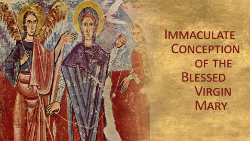
Nine months before the Feast of the Nativity of the Blessed Virgin Mary (8 September), the Church celebrates the Solemnity of her Immaculate Conception. The Feast was approved in 1476 by Pope Sixtus IV. It was extended to the universal Church by Pope Clement XI in 1708.
Acknowledging the belief held for centuries by the Fathers and Doctors of the Church, of councils and his predecessors, Pope Pius IX solemnly proclaimed the Dogma of the Immaculate Conception in 1854: “We declare, pronounce, and define that the doctrine which holds that the most Blessed Virgin Mary, in the first instance of her conception, by a singular grace and privilege granted by Almighty God, in view of the merits of Jesus Christ, the Savior of the human race, was preserved free from all stain of original sin” (Ineffabilis Deus, 1854)
Solemnity of the Nativity of Our Lord or Christmas

From the very beginning, Christians celebrated what the Lord Jesus accomplished for the salvation of humanity. They did this every Sunday, the day of the Lord’s resurrection, and as an annual feast on the Sunday after the first full moon of the spring equinox, Easter Sunday.
At the beginning of the 4th century, the liturgical calendar began to evolve, giving value to the “historical” Jesus as well. Good Friday was added to recall Jesus’ death, and the Last Supper…. In that trajectory, the Nativity, the Birth of Jesus, was added. The first evidence of the celebration of the Nativity of Our Lord dates back to the year 336. Soon after, in the Eastern Church, the Christmas feast of the Epiphany began to be celebrated on the 6th of January. The date was connected to the civil pagan festival of the birth of the invincible sun (Natale Solis Invicti), introduced by the Emperor Aurelian in 274 in honor of the Syrian Sun god of Emesa, celebrated on 25 December.
Christmas is the only liturgical celebration with four Masses, the Vigil Mass, the Mass during the Night, the Mass at Dawn and the Mass during the Day. The readings are the same for each of these Masses for all three liturgical years. This choice seeks to demonstrate and enhance, almost in slow motion, that Event that changed the course of human history: God became man.
See All...Feast of the Holy Family of Jesus, Mary and Joseph

The Feast of the Holy Family of Jesus, Mary and Joseph is normally celebrated on the Sunday after Christmas. This feast developed at the beginning of the 19th century in Canada and then spread to the entire Church in 1920. At first, it was celebrated on the Sunday after Epiphany. It is a Feast that seeks to portray the Holy Family of Nazareth as the “true model of life” (cf. Opening Prayer) from which our families can draw inspiration and know where to find help and comfort.
See All... Year C Year B Year A
